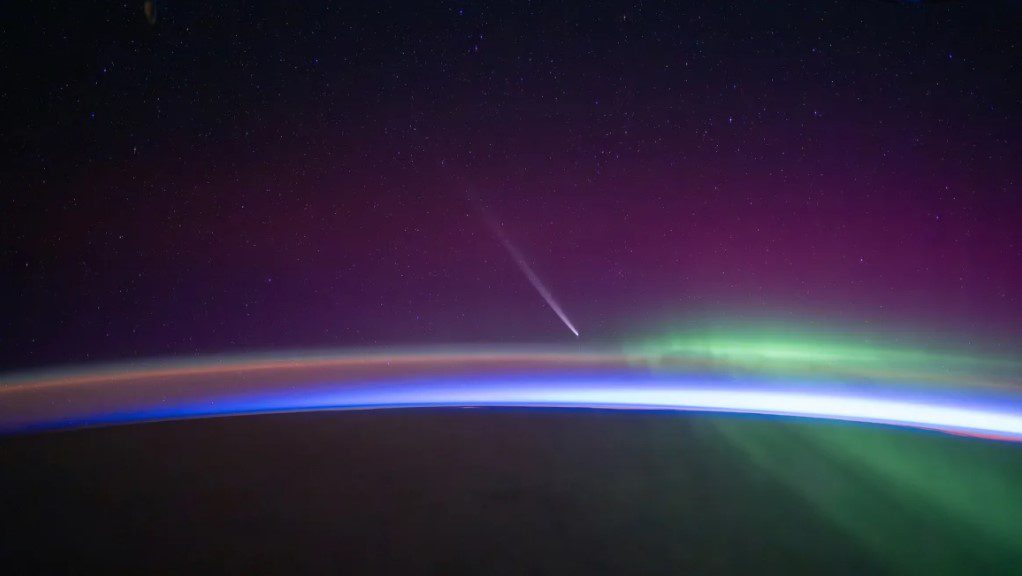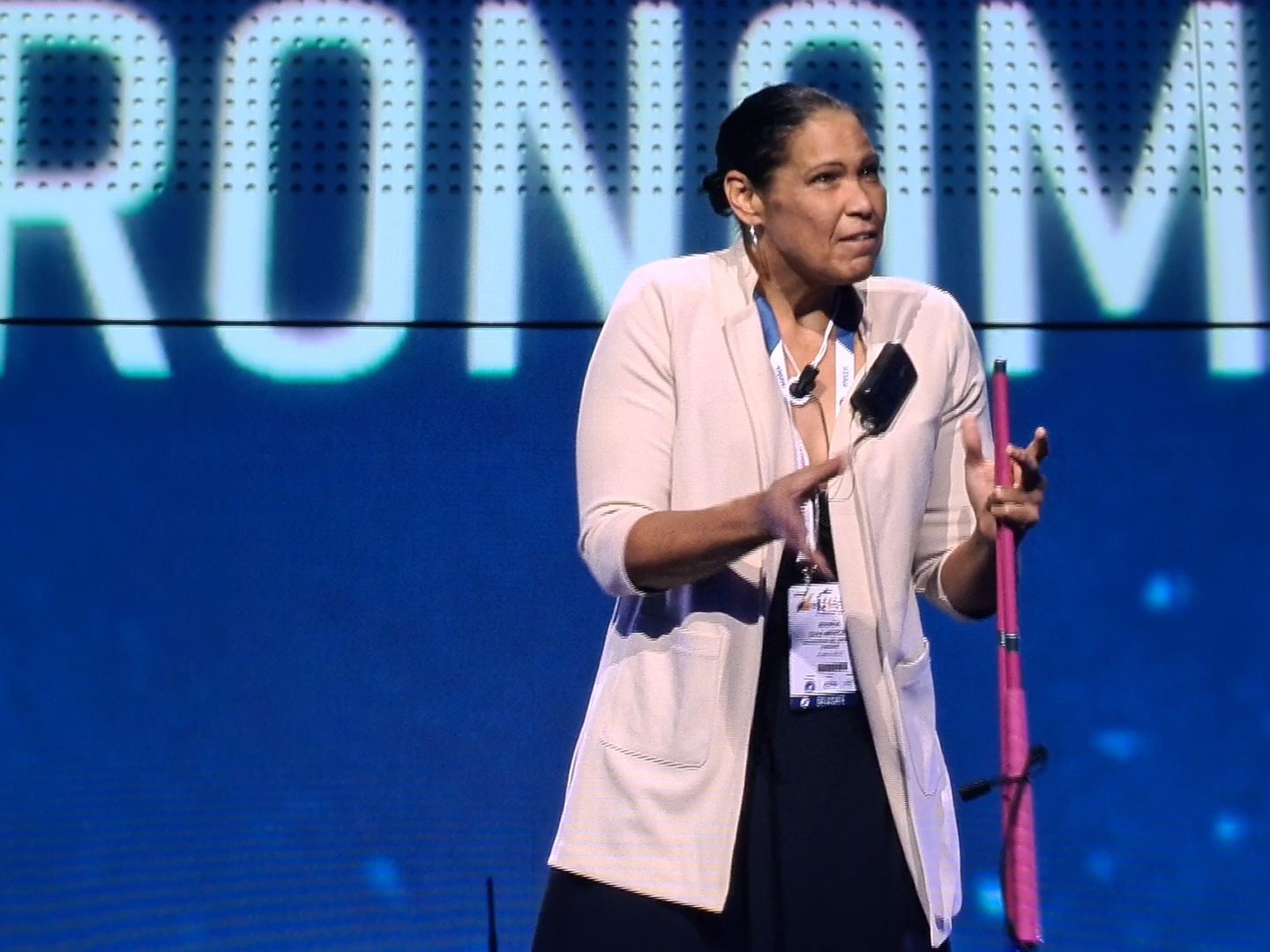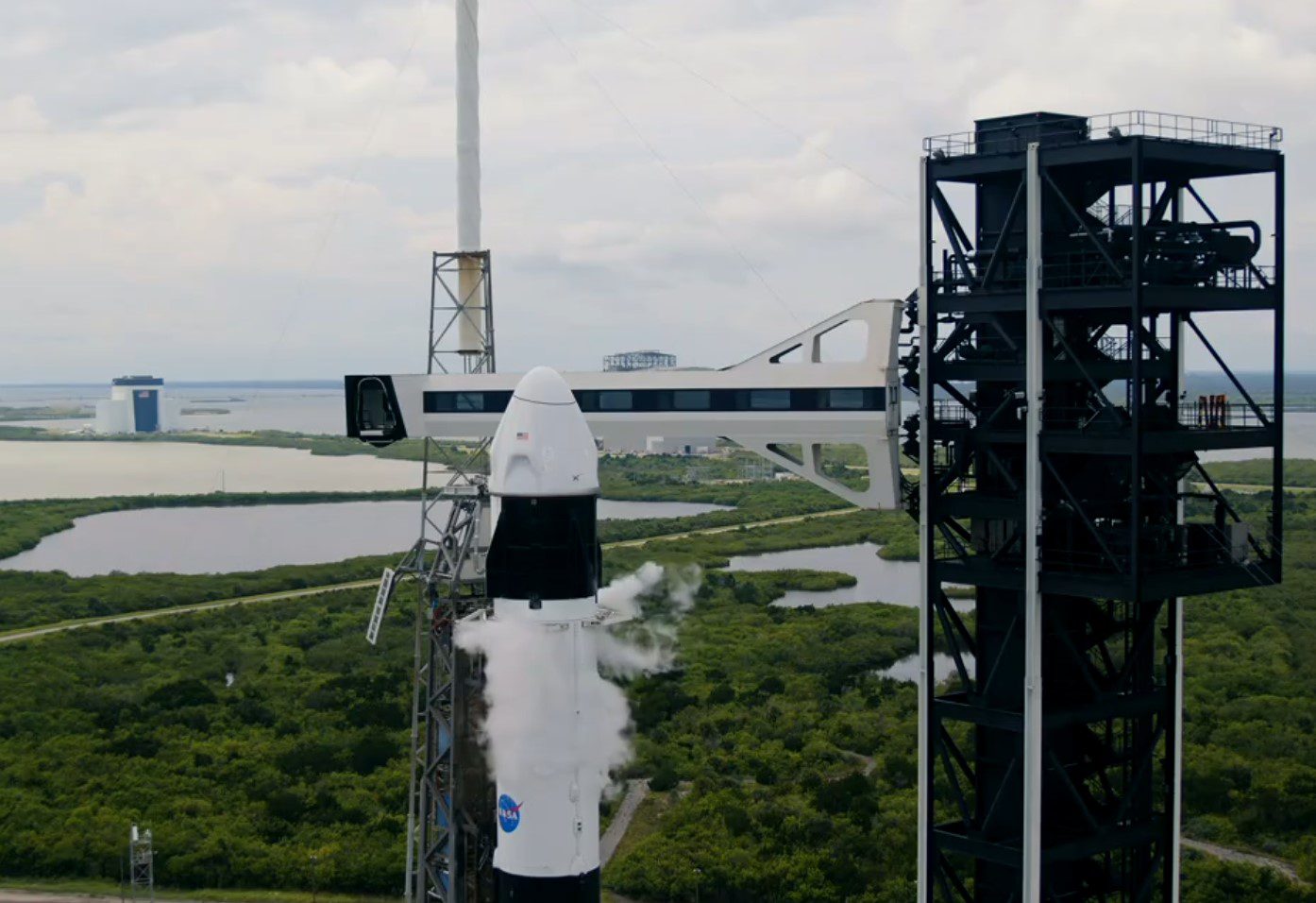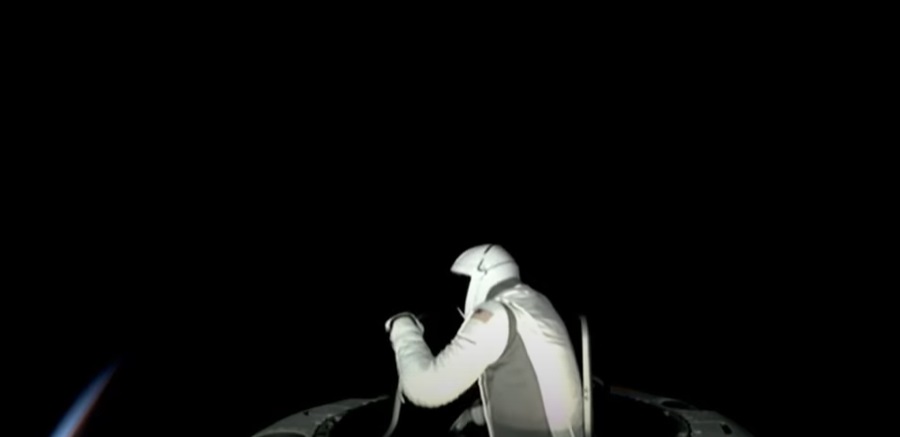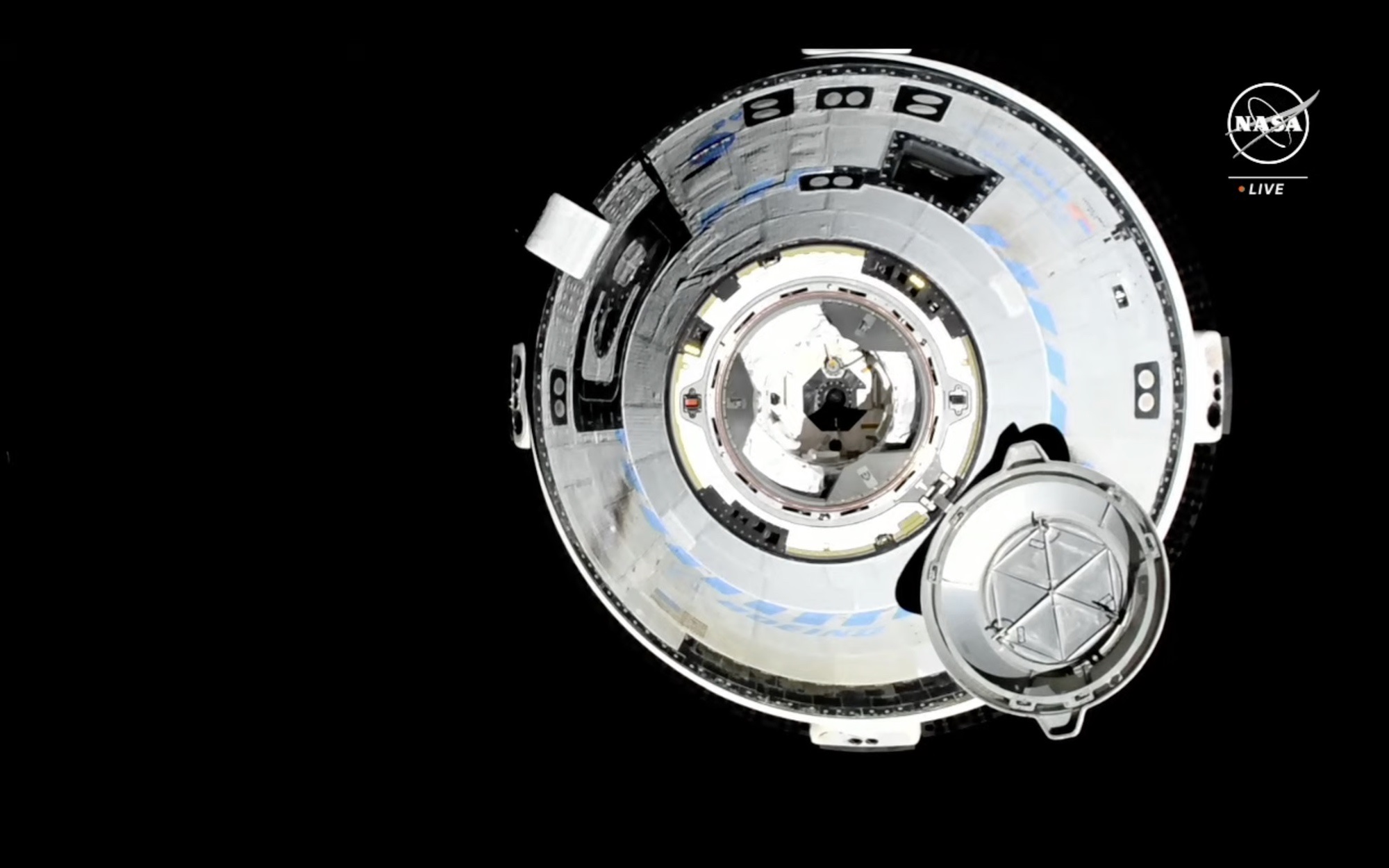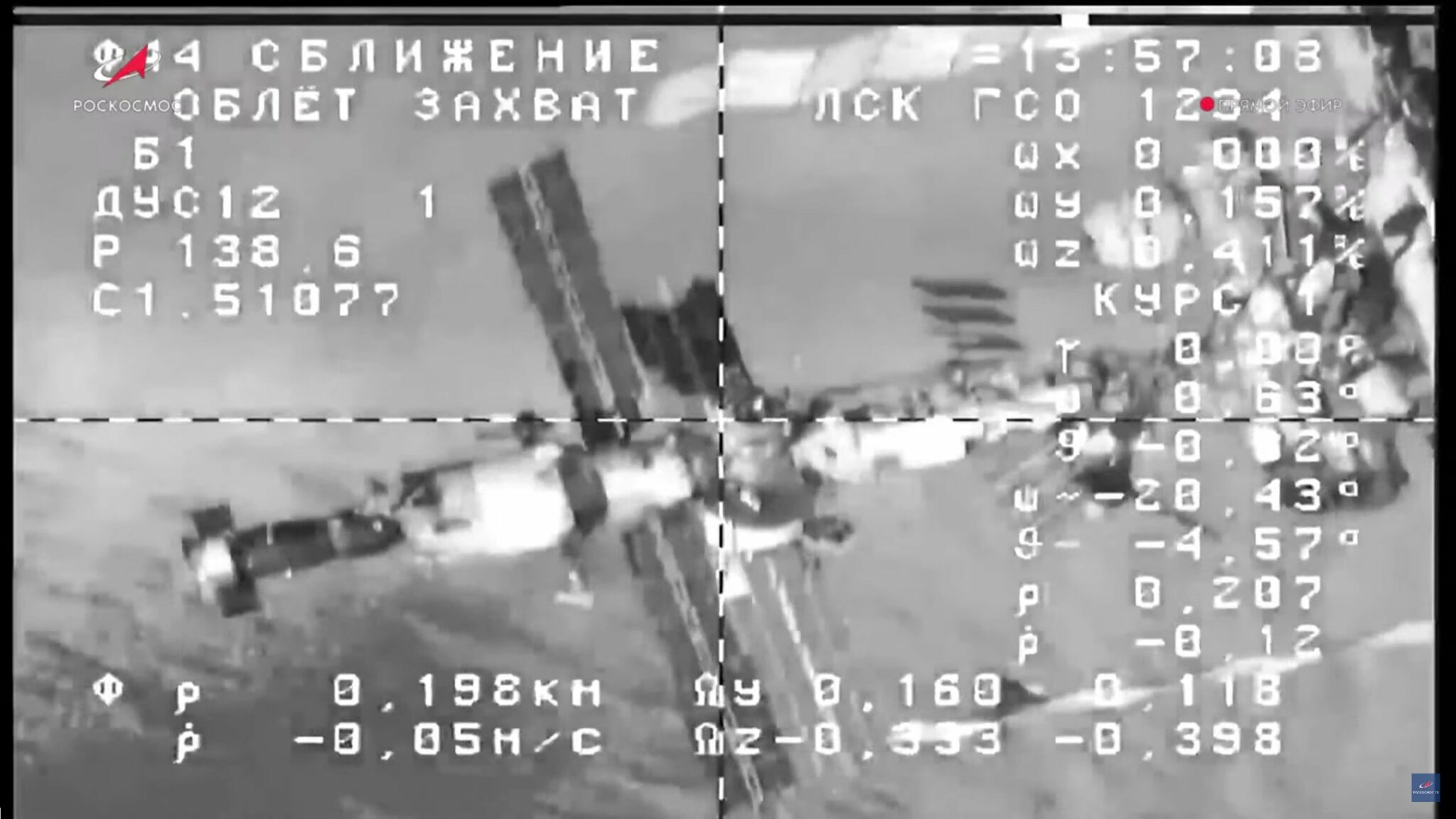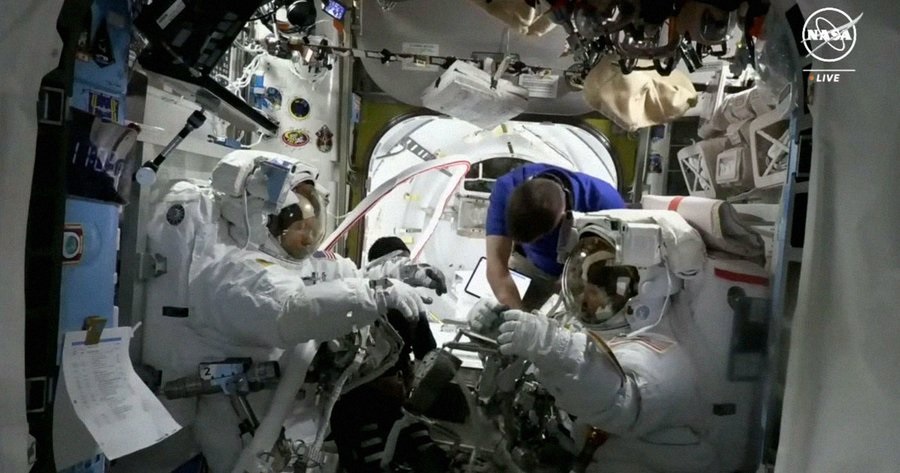In the first spacewalk of the year, two NASA astronauts left the safety and comfort of the International Space Station (ISS) to do the initial leg in the planned replacement of old batteries. The idea is to change the older NiH2 batteries for new more reliable and high efficiency lithium ion ones brought up to the ISS by HTV-6.
Altogether there are 48 batteries for the 8 main circuits of the ISS. These will be replaced by 24 lithium-ion ones over the next three years. This spacewalk was for the change out on one circuit.
Quest airlock was depressurized around 1220 GMT and the hatch opened about 1222 GMT as spacewalk EVA-38 was begun by Shane Kimbrough and Peggy Whitson. During the spacewalk, three new lithium-ion batteries used by the power channel 3A of the main inbound starboard (S4) set of solar arrays had been put in position in the electronics bay. These had been prepositioned by the ISS robot arm. The old batteries were moved to a pallet.
The astronauts also did some extra chores including photographing the Alpha Magnetic Spectrometer, retrieve a failed light, rerouting an Ethernet cable and store a set of micrometeriod shields outside of the airlock.
The spacewalk ended when Quest airlock outer hatch was closed at 1852 GMT and repressurisation began at 1855 GMT. (All times from Jonathan McDowell).


